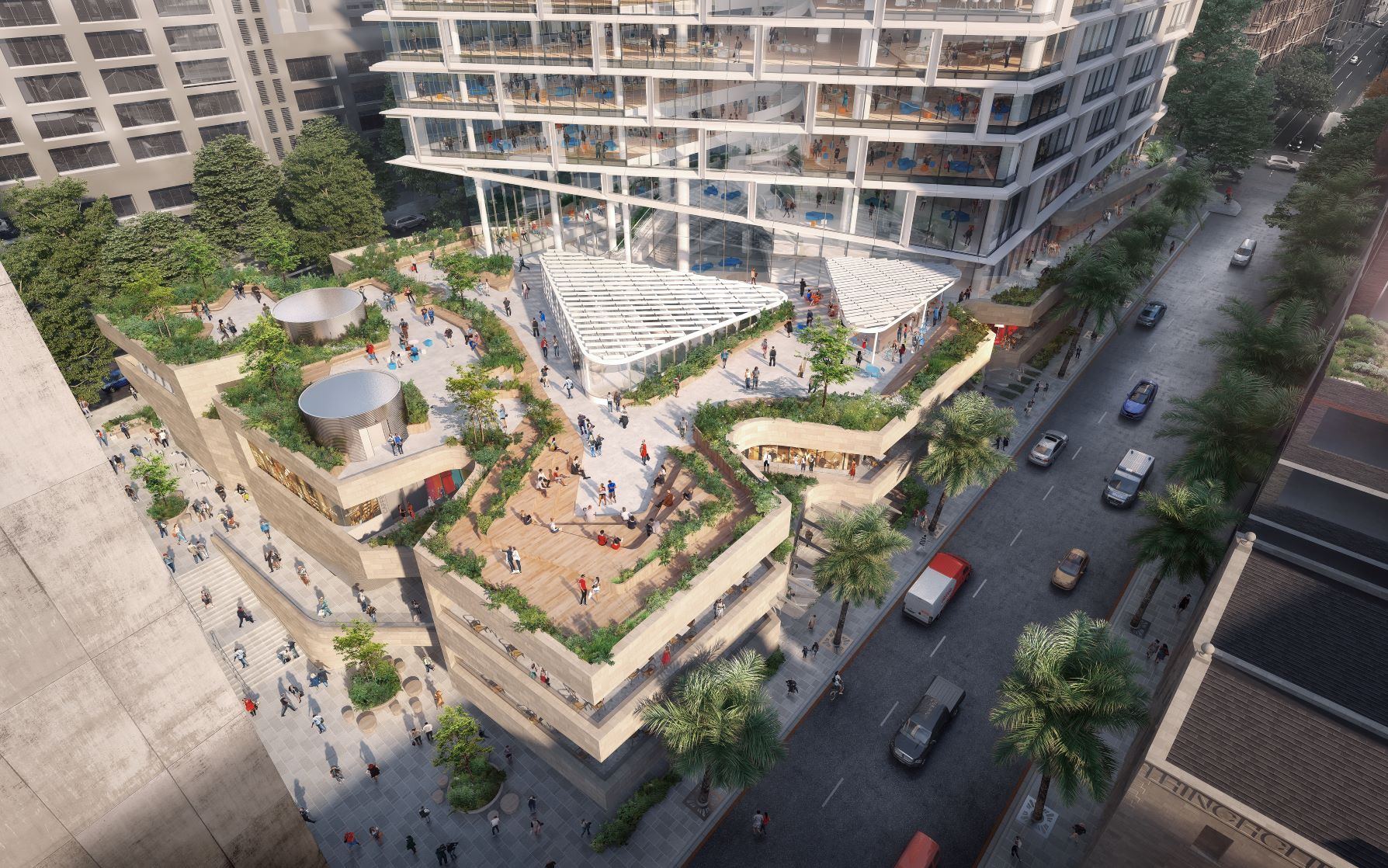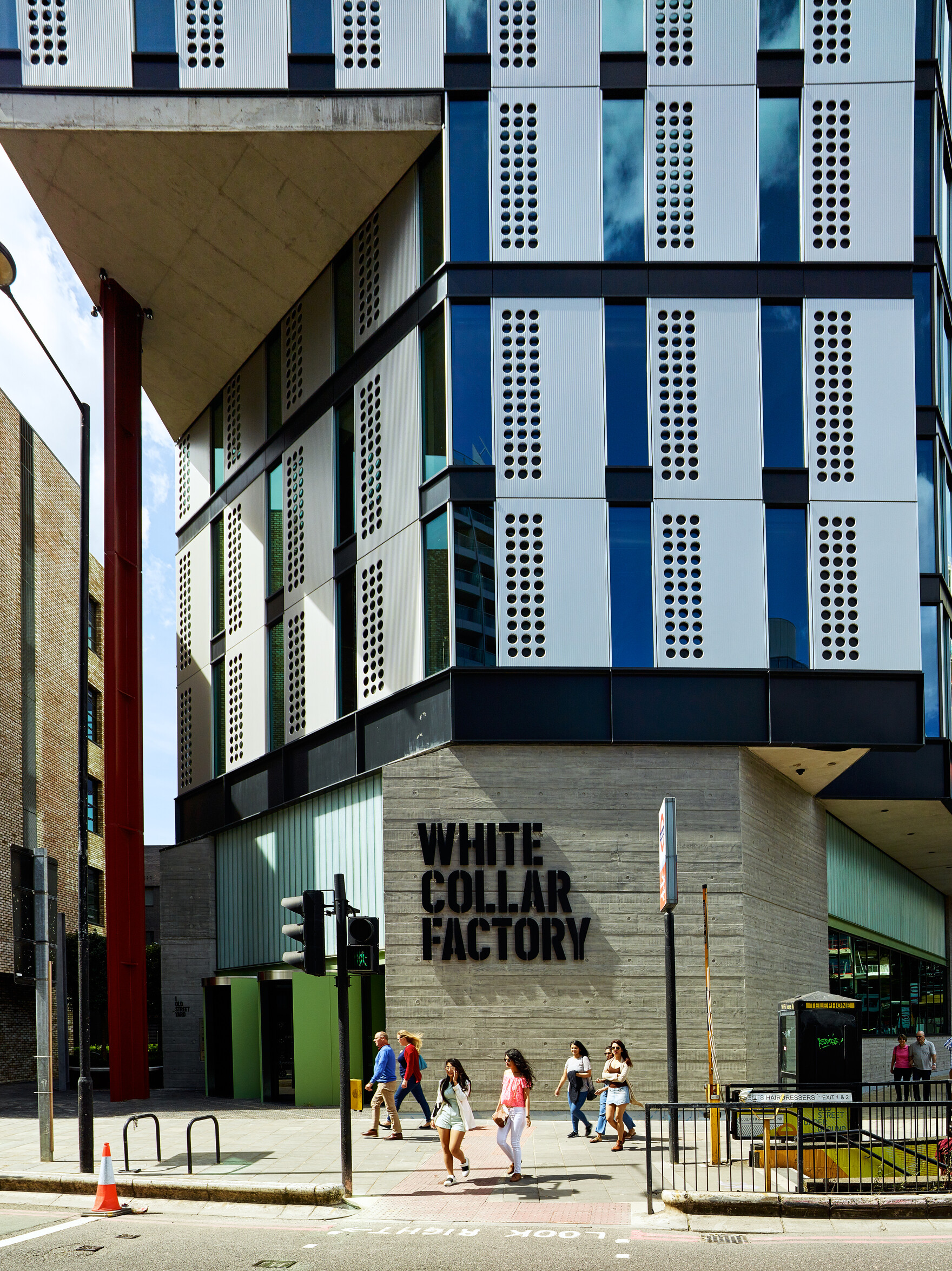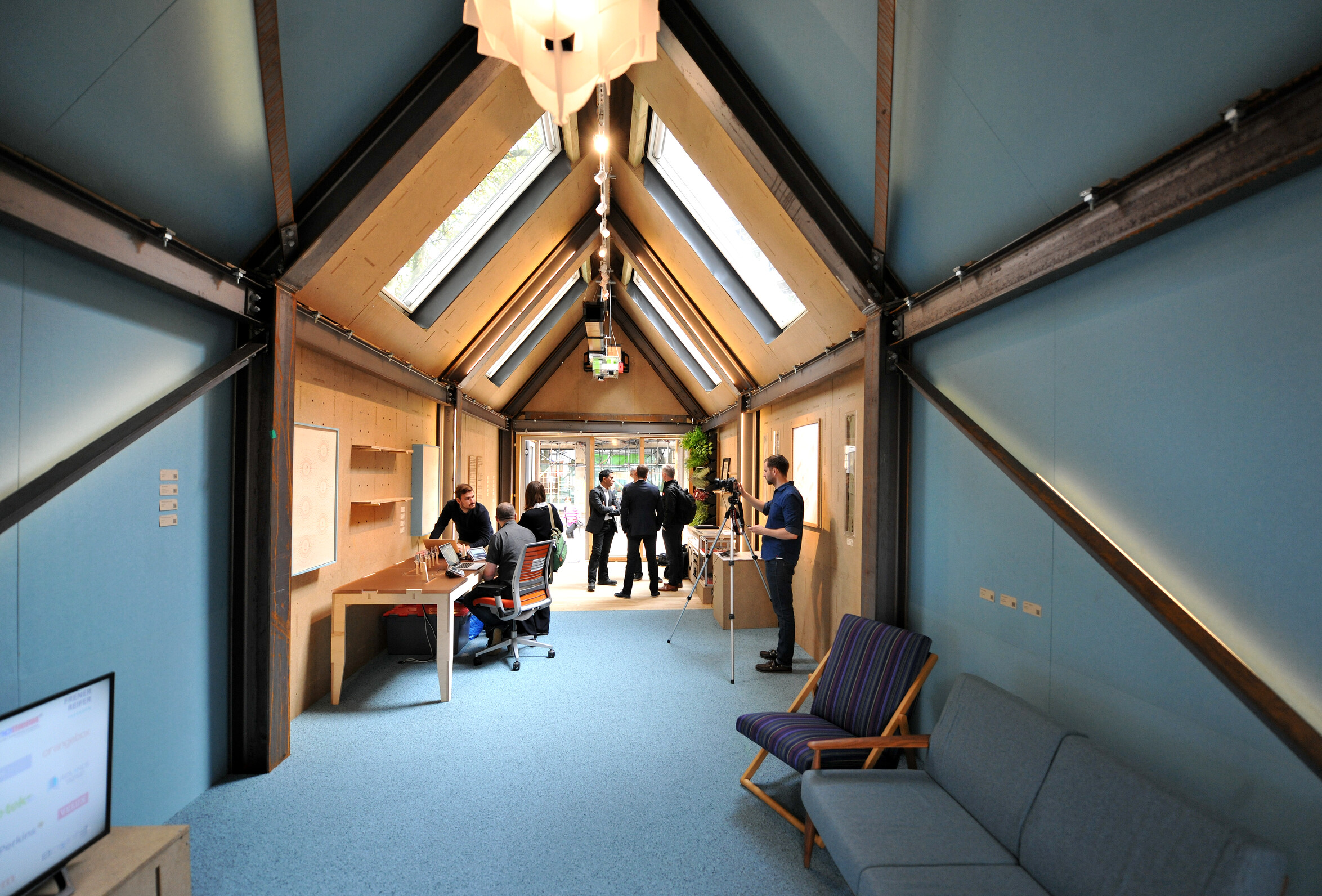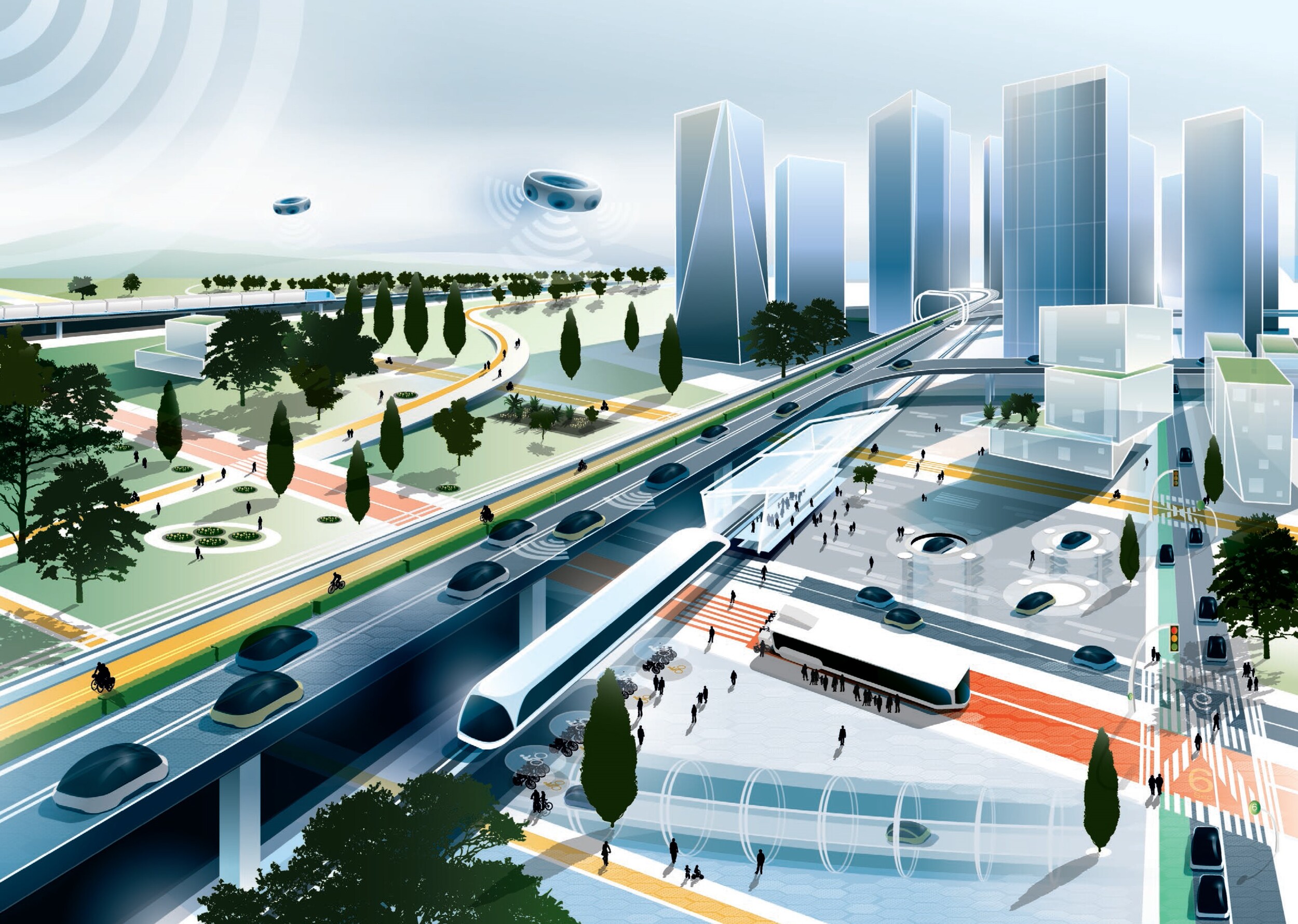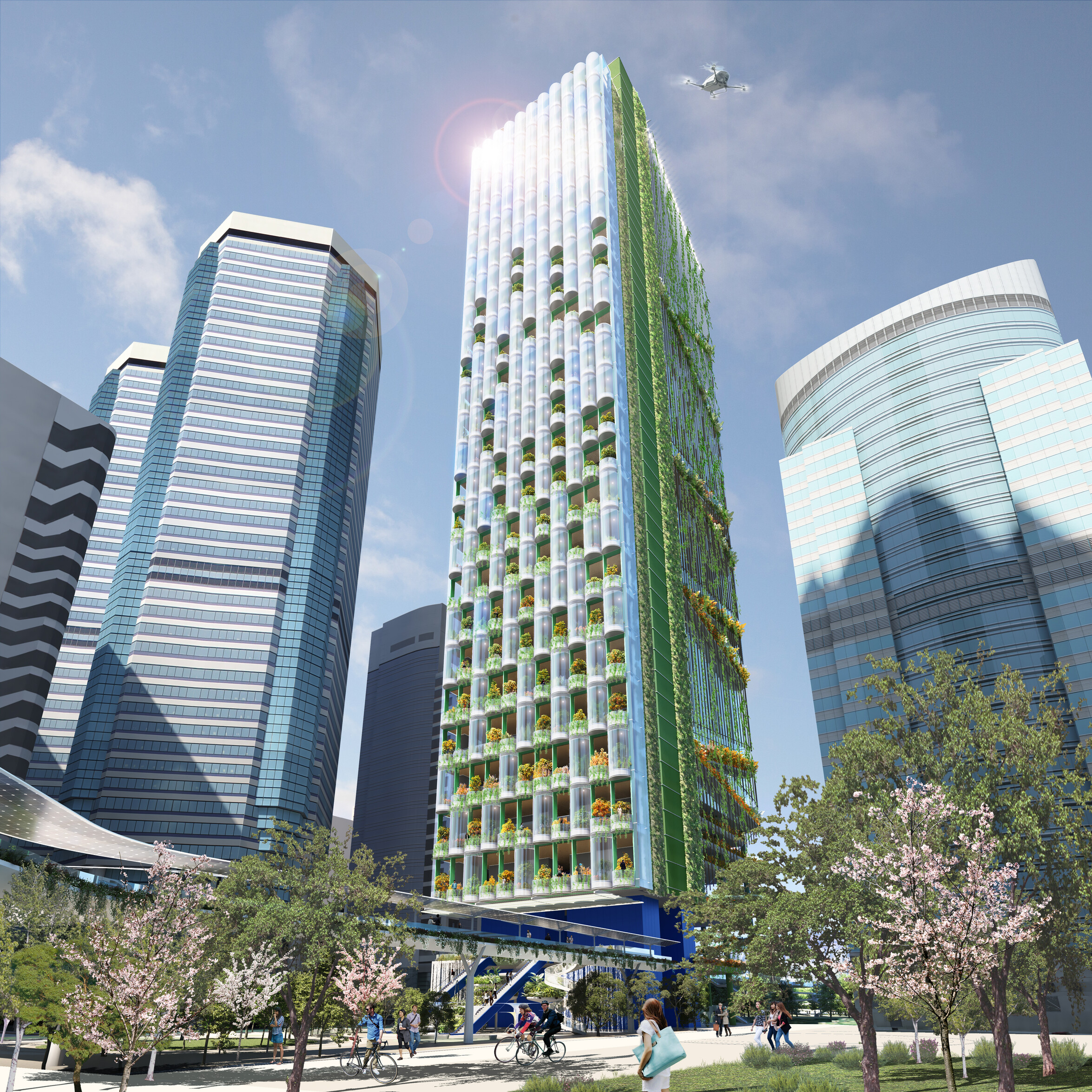Circular
Buildings Toolkit
Decarbonise your project with this step-by-step guide
Circular economy principles for achieving net-zero in the built environment
Watch our video and explore how circular economy principles are revolutionising the build environment, promoting sustainable design, construction, and operational practises that prioritise resource efficiency.
"The built environment, a major consumer of materials and source of carbon emissions, requires an urgent shift towards a circular economy. Designers and engineers will play a key role in this change, paving the way to buildings and facilities that not only eliminates waste and optimises resource use but also actively contributes to the planet's regeneration."
- Andrew Morlet - CEO Ellen MacArthur Foundation


How circular economy aids climate and biodiversity?
The circular economy functions as a system to decarbonise assets where materials are prevented from becoming waste, and the natural environment is regenerated. In this system, products and materials are maintained through practices such as reuse, maintenance, refurbishment, remanufacturing, recycling, and composting.
Discover more on how the circular economy relates particularly to the built environment.
Your roadmap to
circularity begins here.
Learn about the Circular Economy.
Get familiar with the framework.
Learn about strategies.
Explore practical case studies.
Organise a circular design workshop.
Track your project.
Implement strategies.
What benefits does the circular economy offer to your building design?
Embracing a circular economy model can bring transformative benefits to your company, not just in terms of environmental sustainability but also in economic and operational efficiencies.
What projects have adopted circular economy principles?
The Circular Buildings Toolkit is designed to help the building industry tackle global challenges at every stage of a project´s lifespan. Explore the gallery of case studies below or visit the Full Library of the Toolkit.
Explore more circular economy
Explore articles and resources on the Ellen MacArthur Foundation website, where you can deepen your understanding of the circular economy and discover innovative industry practices.
